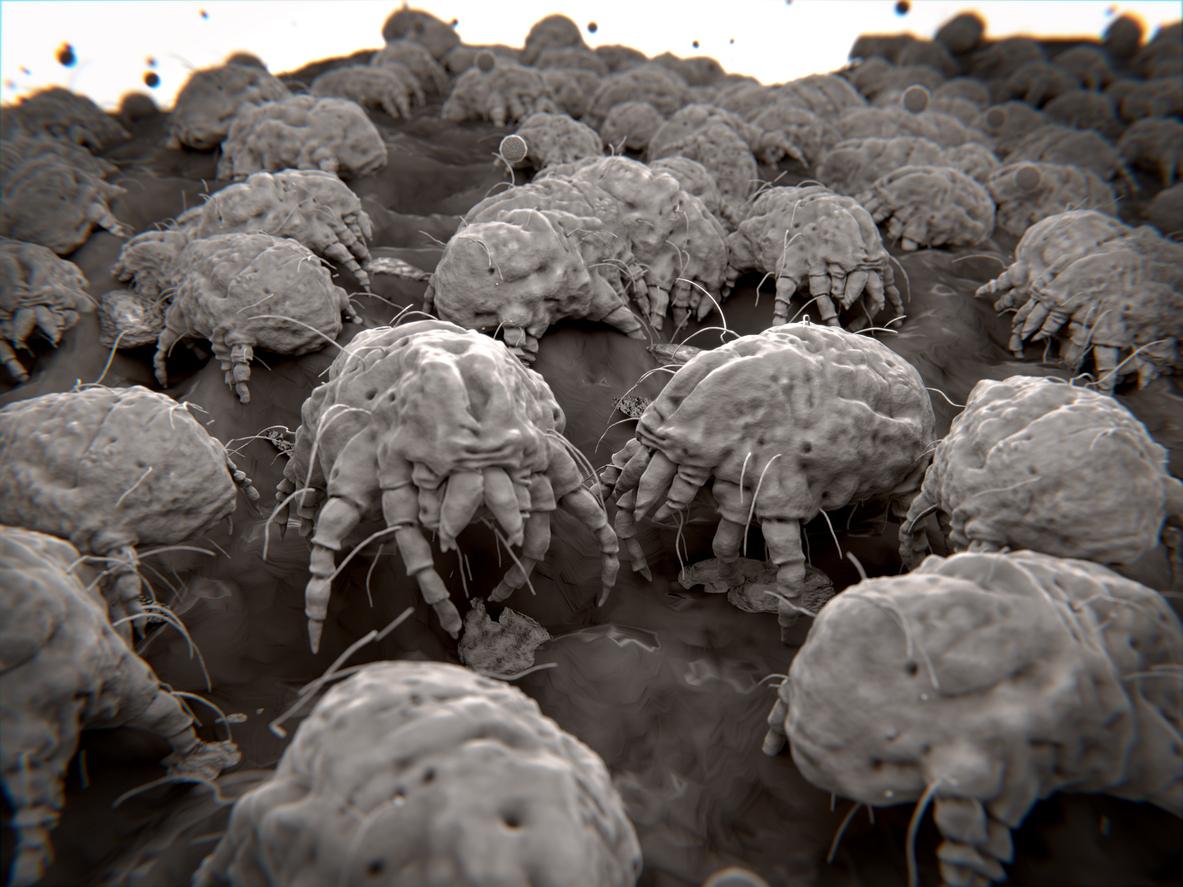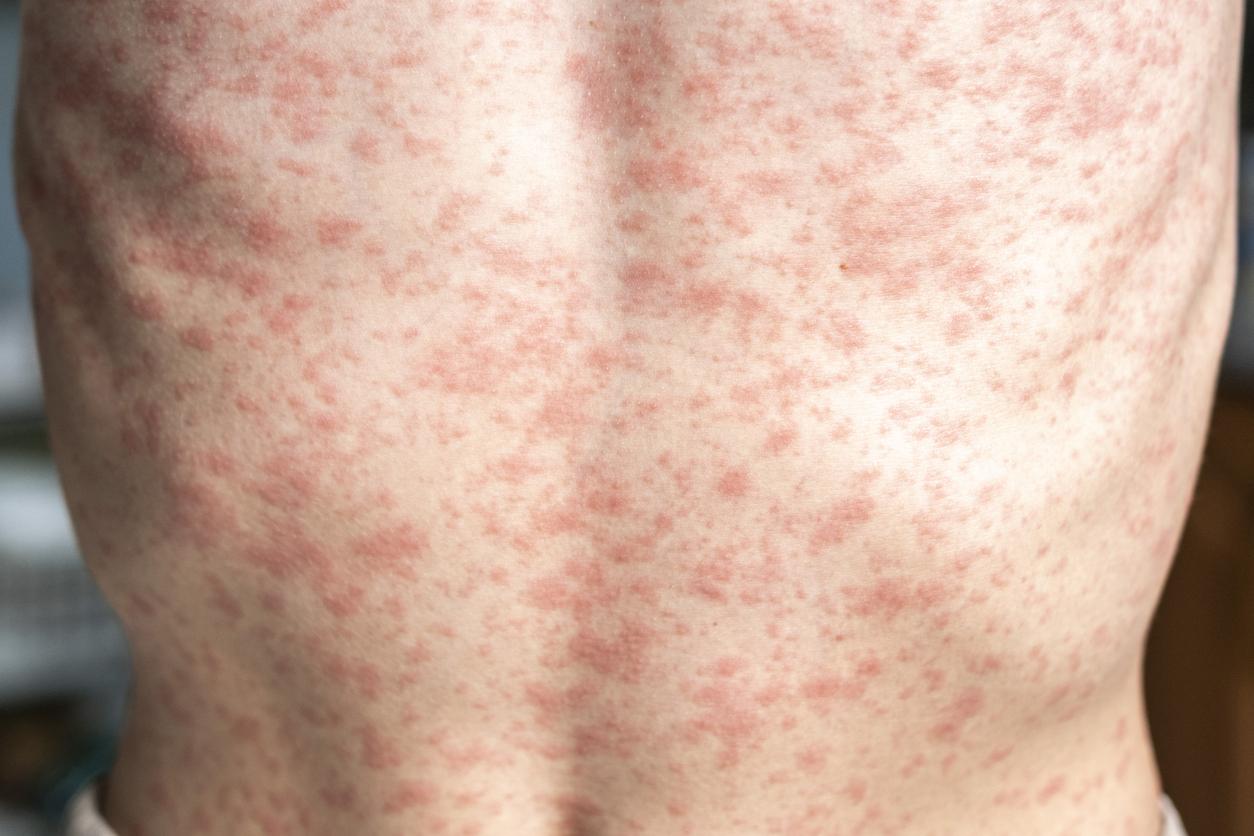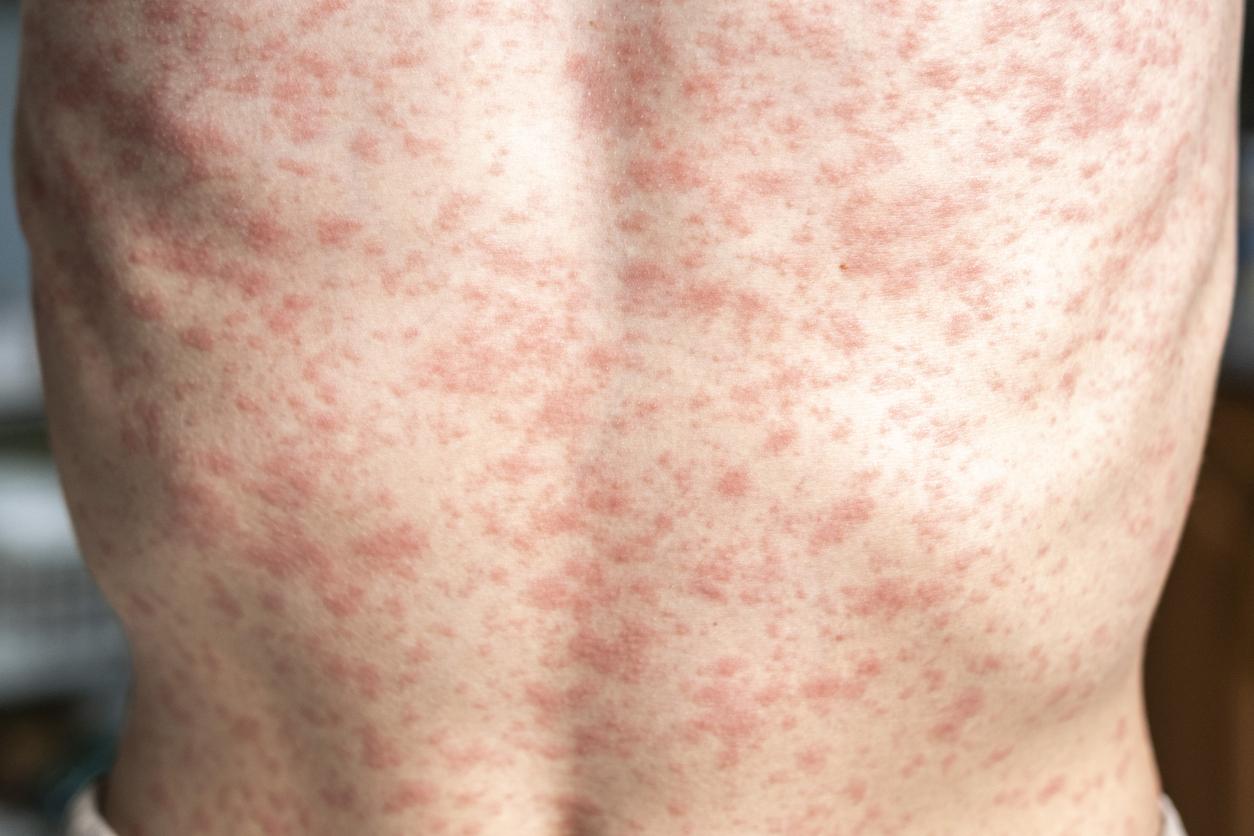In the case of allergies, the presence of dust mites in the home can trigger several symptoms and have significant consequences on health. Explanations.

- A dust mite allergy can trigger asthma attacks and other respiratory symptoms.
- Dust mites are the cause of 75% of respiratory allergies according to Health Insurance.
- It is recommended to ventilate your home every day to fight against mites.
They measure between 0.1 to 0.5 millimeters and yet they can ruin our lives. Even though mites, these animals of the spider family, do not bite or transmit disease, according to the Vaud university hospital center (CHUV)their presence can be very harmful for people with allergies.
Symptoms of a dust mite allergy
Dust mite allergy can manifest itself through respiratory symptoms:
- Feeling of tightness in the rib cage, wheezing, coughing, difficulty breathing smoothly characteristic of asthma attacks or inflammatory bronchial disease.
- Blocked and/or runny nose.
- Itchy nose and chronic sneezing.
A dust mite allergy can also manifest itself by other symptoms such as red, irritated and watery eyes, signs of allergic conjunctivitis, or by outbreaks. eczema.
Allergy: eliminate dust mites to avoid symptoms
If you suffer from one of these five signs, you should try to banish dust mites from your home. According to Angers University Hospitalit is important to ventilate all the rooms in your home well for at least 30 minutes a day (15 minutes in the morning and 15 minutes in the evening) and to maintain the temperature (18-19°C in the home and 17-18 in the bedroom bedroom) and humidity (between 40 and 60%) in your home at constant levels.
In the bedroom, it is recommended to put an anti-mite cover on your mattress, wash sheets, pillowcases and covers at 60 degrees once a week and once every three months for pillows and duvets.
According to‘Health Insurancedust mites are the cause of 75% of respiratory allergies.


















